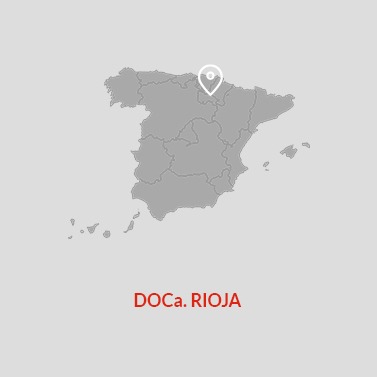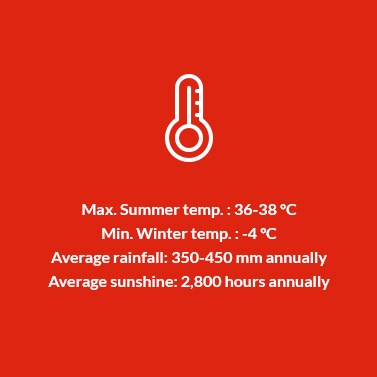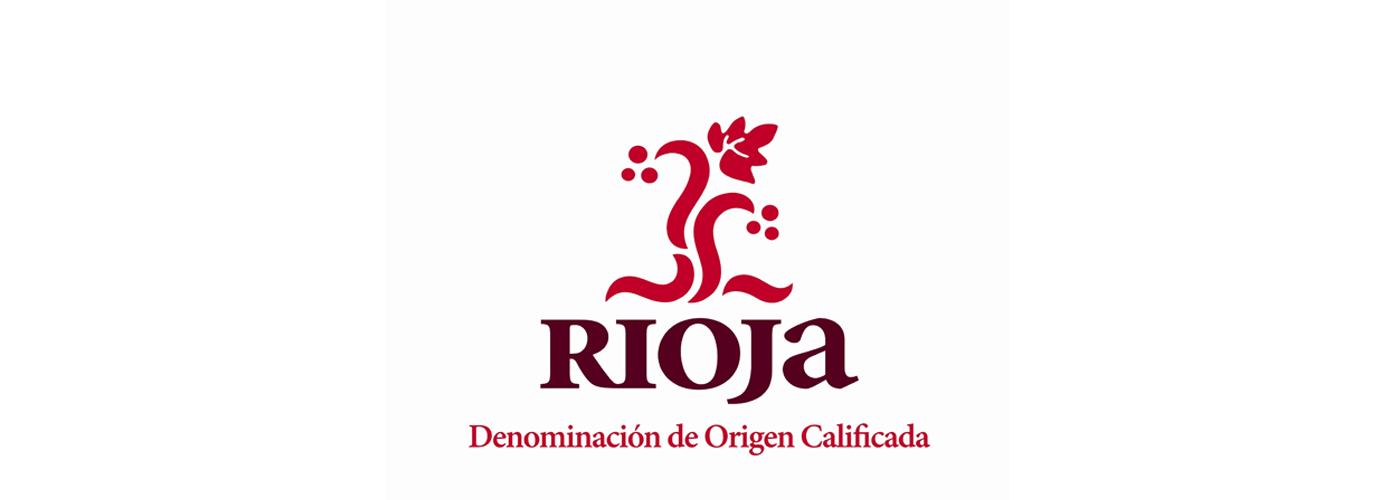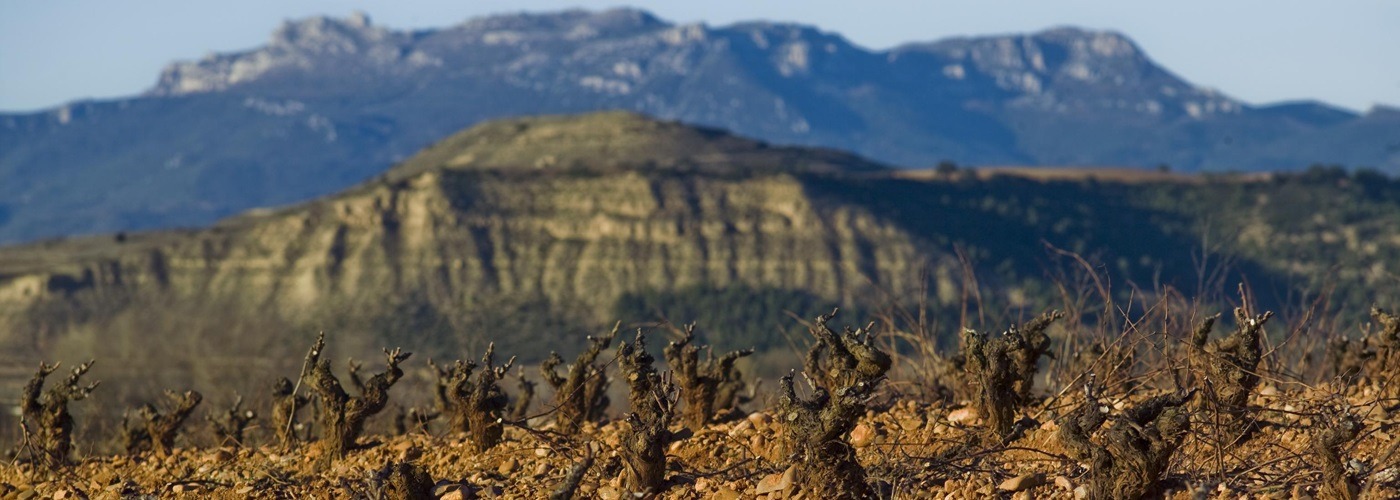2,988,000 hl
You are here
Rioja D.O.Ca.


In 1926, Rioja was the first Spanish wine region to obtain DO status. In 1991, it was again the first one promoted to D.O.Ca. (Qualified Designation of Origin), a higher category reserved for wines maintaining a proven consistency and quality over a long period of time.
The area of D.O.Ca. Rioja spans 3 different Autonomous Communities: La Rioja, Basque Country and Navarra. Rioja is famous worldwide primarily for its reds although it also makes whites and rosés and, from 2019 onwards, sparkling wines too. Most bodegas still use their own formulas for blending red wines, using mostly Tempranillo, the noblest of the native Spanish grapes. This grape gives the wines their elegance, concentration of aromas and complexity of flavors that allow for great development through oak aging. It is this, as well as oak ageing, which gives the wines such personality and individuality.
At the same time Rioja wines have evolved steadily. Today they offer a broad range of styles including many varietals, blended wines all along the spectrum from oak to fruit; organic wines; and, at the top end of the market, the Reservas and Gran Reservas.
The changes in winemaking implemented in the past decade have produced excellent results. New generations of growers and makers have placed their emphasis in the careful development of the grapes through their growth and maturity cycle, in the careful selection at harvest in the optimum moment for each vineyard, and in the latest winemaking technologies to ensure that the wines reflect the best from the grape. This has been recently reflected in new regulatory changes that stress the particular origin of the wines within the D.O.Ca., its 3 sub regions, and even specific vineyards.
The aspiration for excellence of producers in Rioja has contributed to the consolidation of their prestige among consumers, making them a reference for fine Spanish wines worldwide. The development of productive and commercial structures in Rioja and the prestige attained by their wines has also positioned the area among the elite in historical European denominations of origin.
Regulatory Council
Consejo Regulador de la DOCa Rioja
Estambrera, 52
26006 Logroño
La Rioja
Tel: (+34) 941 500 400
consejo@riojawine.com
www.riojawine.com
Sources
- Spanish Ministry of Agriculture
- Regulatory Council, Qualified Protected Designation of Origin Rioja
Rioja is now one of the five best-known and most prestigious wine-producing regions of the world.


63,137 ha.
350-650 m.
Rioja Alavesa: calcareous clay; Rioja Alta: calcareous clay, some ferruginous clay and alluvial soils; Rioja Oriental: ferruginous clay and alluvial soils
Viura, Malvasía Riojana, Garnacha Blanca, Chardonnay, Sauvignon Blanc, Verdejo, Maturana Blanca, Tempranillo Blanco, Torrontés
Tempranillo, Graciano, Garnacha, Mazuela, Maturana Tinta
9,000 kg/ha white; 6,500 kg/ha red
70-72%
2,534,000 hl
2,952,000 hl








